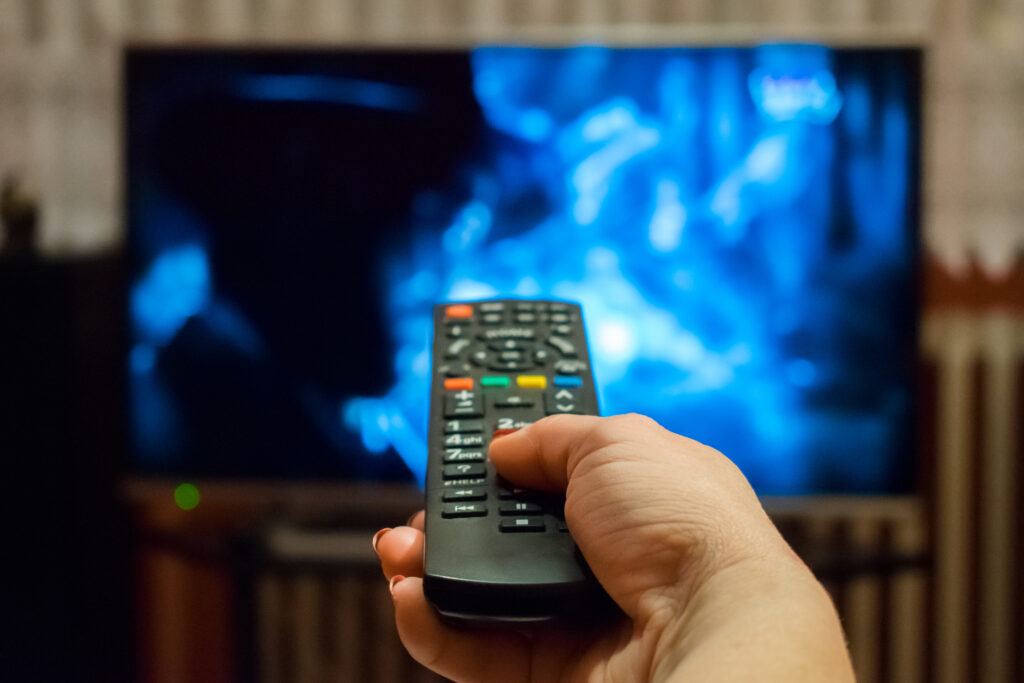Television has come a long way. From the days of black-and-white screens and rabbit-ear antennas to the endless scrolling of streaming services, the way we watch has changed dramatically. Remember waiting all week for a new episode? Or flipping through channels hoping to find something good? Streaming changed everything, giving us control over when, where, and how we watch. Let’s take a trip through TV history and see how we got from prime-time schedules to binge-worthy marathons.
The Early Days of Limited Choices
Back in the day, TV wasn’t an endless buffet of content. There were only a few channels, and if you missed your favorite show, tough luck—you had to wait for a rerun. Families gathered around the television at specific times, making TV-watching a shared event instead of an individual binge session.
Color TV Made Everything Look Better
Black-and-white TV was the norm until the 1960s, when color television changed the game. Suddenly, shows felt more vibrant and lifelike. It wasn’t just about watching—it was about experiencing TV in a whole new way. This shift made television even more popular and turned it into the main source of entertainment at home.
Cable TV Brought More Channels and Late-Night Binging
By the 1980s and 90s, cable television took over, offering dozens (and later hundreds) of channels. Niche networks like MTV, CNN, and ESPN gave viewers options beyond the big networks. This was also when late-night binging started, thanks to 24-hour programming. No more waiting for prime time—TV was now available all the time.
The Remote Control Changed the Game
Before remotes, changing the channel meant actually getting up and turning a dial. The invention of the remote control made channel surfing a thing, and suddenly, viewers had the power to switch between shows instantly. It may seem like a small change, but it transformed how we watched TV, making it easier to explore different content without commitment.
VHS and DVR Gave Us More Control
Recording shows to watch later was a revolutionary idea. The VCR let people tape their favorite programs and fast-forward through commercials (if they were patient enough to set the timer). Later, DVRs made it even easier to record, pause, and rewind live TV. For the first time, viewers weren’t stuck watching on the network’s schedule.
Reality TV Took Over
The 2000s brought an explosion of reality TV. Shows like Survivor, American Idol, and Keeping Up with the Kardashians turned everyday people into celebrities. It was cheap to produce, wildly entertaining, and highly addictive. Love it or hate it, reality TV changed the landscape forever.
Streaming Changed Everything
Then came streaming, and suddenly, TV wasn’t just TV anymore. Services like Netflix, Hulu, and later Disney+ and HBO Max made it possible to watch entire seasons in one sitting. No commercials, no waiting, just endless content on demand. Viewers got used to watching what they wanted, when they wanted, and traditional TV had to adapt fast.
Binge-Watching Became the New Normal
Streaming made it normal to watch multiple episodes (or even an entire season) in one sitting. Instead of waiting a week for the next episode, people could devour entire series in a weekend. This changed how shows were made, with more emphasis on keeping viewers hooked rather than stretching stories over months.
Live TV Had to Step Up Its Game
With streaming taking over, traditional TV had to find ways to stay relevant. Live sports, news, and reality competitions became more important, since they were some of the few things people still wanted to watch in real time. Many networks also launched their own streaming services to keep up with the competition.
The Future of TV Is All About Choice
Today, TV isn’t just one thing—it’s a mix of streaming, live broadcasts, and on-demand content. Whether you love binging, live sports, or classic cable, there’s an option for everyone. And with new tech like interactive shows and AI-powered recommendations, the way we watch is still evolving.
Television has changed a lot over the years, but one thing stays the same—people love a good story. Whether you’re watching on a big screen, a laptop, or your phone, TV remains a huge part of everyday life. And with endless content at our fingertips, one thing’s for sure: we’re never running out of things to watch.

